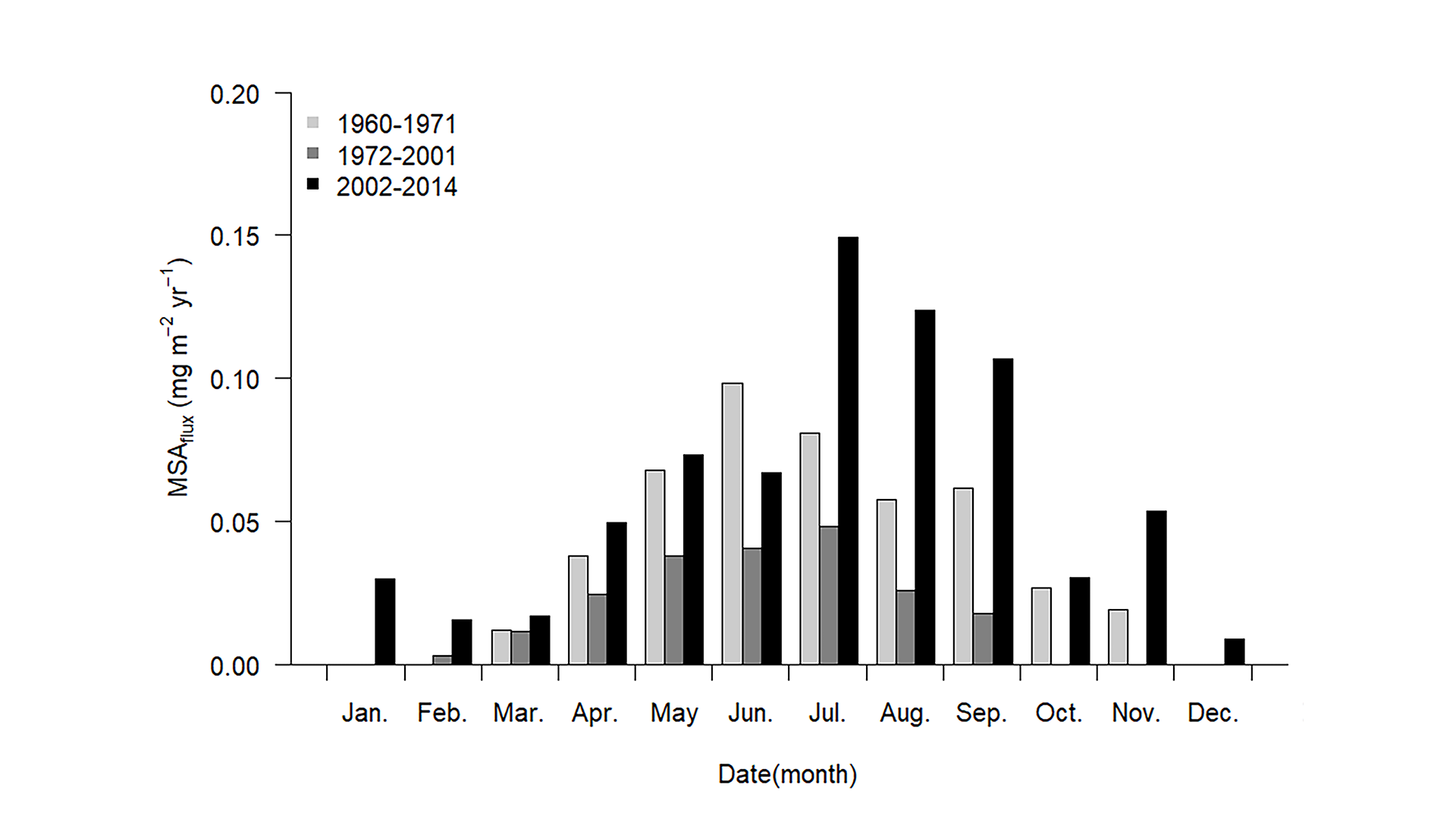Hokkaido University researchers have conducted a modelling study to determine if dimethyl sulphide emissions truly work as an anti-greenhouse gas.
Dimethyl sulphide has been touted to be able to counteract the impacts of climate change, although its effects are complex. Experts have now modelled 55 years of data from the southeast Greenland ice sheet to provide unprecedented insights into its atmospheric levels to find out if the molecule that can influence weather and climate significantly.
The study, ‘Increased oceanic dimethyl sulphide emissions in areas of sea ice retreat inferred from a Greenland ice core,’ is published in Communications Earth & Environment.
What is dimethyl sulphide?
Dimethyl sulphide (C2H6S) is a small molecule that is released by phytoplankton in the ocean. It can play a major role in regulating the Earth’s climate, as it encourages cloud formation above the sea, which blocks radiation from the Sun and lowers sea surface temperatures. This has resulted in the molecule being branded an anti-greenhouse gas.
However, due to some heat being retained in the atmosphere, its effects are complex. This new investigation has identified evidence that increasing dimethyl sulphide emissions are attributed to Greenland’s sea ice retreating as the planet warms.

How does the molecule impact Arctic sea ice?
Previous modelling studies suggested that the decline in Arctic sea ice could result in a rise in the molecule’s emissions, but evidence has been insufficient. To overcome this, the research team, which also included experts from Nagoya University and Japan’s Aerospace Exploration Agency, took a radical approach.
The researchers measured levels of the molecule over 55 years by quantifying its related compound – methane sulfonic acid (MSA) – in core ice samples from the southeast Greenland ice sheet. Dimethyl sulphide directly produces MSA, meaning it can be employed as a stable record of the molecule’s levels.
The team recreated the annual and seasonal MSA flux from 1960 to 2014 at a monthly resolution, finding that MSA levels decreased between 1960 to 2001 but increased following 2002.
Assistant Professor Sumito Matoba explained: “We found that July to September MSA fluxes were three to six times higher between 2002 and 2014 than between 1972 and 2001. We attribute this to the earlier retreat of sea ice in recent years.”

Satellite data was used to confirm the findings
The researchers employed satellite data to analyse chlorophyll-a levels in the surrounding gas – an indicator of phytoplankton. This supported their findings well, as chlorophyll-a levels correlated with the dimethyl sulphide emissions produced by the phytoplankton.
Arctic temperatures are rising at double the speed of the global average, with summer seasonal sea ice declining significantly in recent decades, which increases the amount of light hitting the ocean, promoting phytoplankton growth.
Although the findings highlight rising dimethyl sulphide, the team explained that long-term and continuous monitoring of aerosols is essential for understanding the impacts of climate change.
Matoba concluded: “This will be essential to follow the current impact and predict future impacts of dimethyl sulphide emissions on the global climate.”









